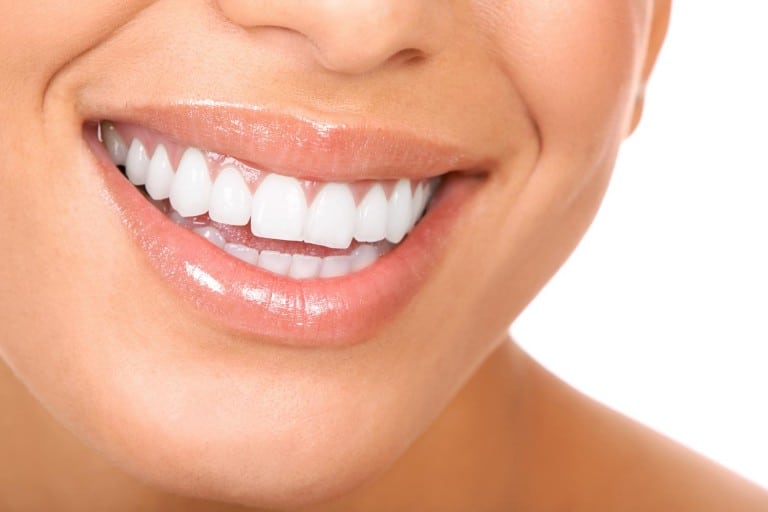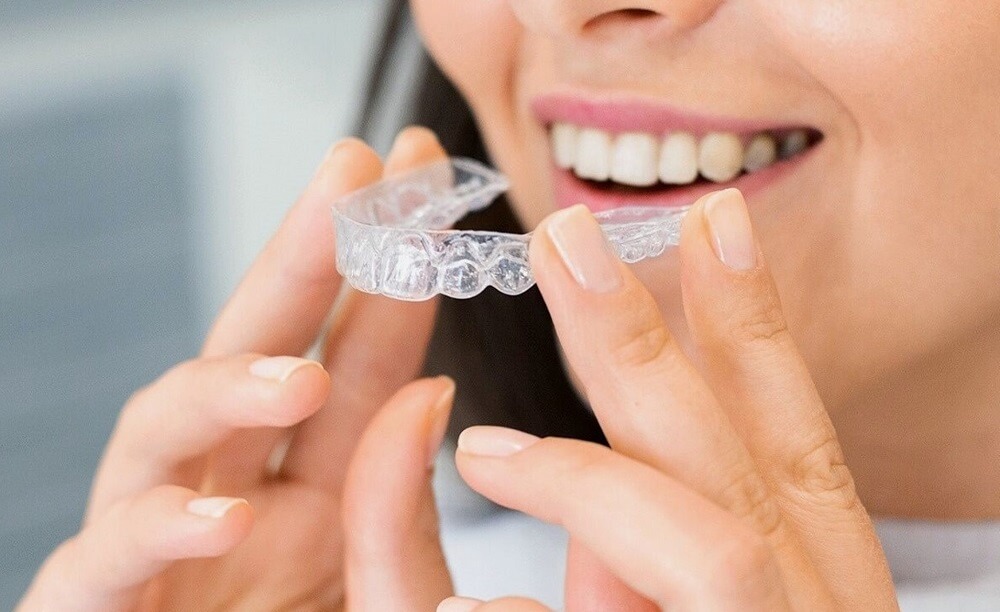
Drifting into Dreamland: Unlocking the Secrets of Sedation Dentistry
Dentophobia is a real thing, and it’s not uncommon for people to avoid the dentist like the plague. But what if we told you that there’s a solution to your dental anxiety? Cue sedation dentistry – the ultimate game-changer in overcoming fear and discomfort during dental procedures. Whether you’re going through root canal treatment or getting your wisdom teeth removed, sedation dentistry can help make your experience much more comfortable and stress-free. In this ultimate guide, we’ll cover everything you need to know about sedation dentistry – from its types to safety measures – so you can take control of your dental health with confidence. Let’s get started!
What is Sedation Dentistry?
Sedation dentistry is a specialized form of dentistry that uses anesthesia and/or sedatives to reduce or completely eliminate the feeling of pain during dental procedures. This can make dental care much more comfortable for patients, allowing them to undergo surgery with minimal anxiety or stress.
There are a number of different types of sedation dentistry available, each with its own unique benefits and drawbacks. General anesthetics like propofol (which is commonly used in anesthesia for major surgeries such as childbirth) are the most common type of sedative used in dentistry. They work by blocking nerve impulses, which reduces the feeling of pain and discomfort. However, general anesthetics have several side effects, including loss of consciousness and breathing problems.
Other types of sedatives include lidocaine (which is commonly used during dental procedures to decrease pain), benzodiazepines (like Valium), and nitrous oxide (which is frequently used during dental procedures to provide a sense of relaxation and calmness). Each type has its own set of side effects and risks, so it’s important to choose the right one for your specific needs.
In addition to using sedatives directly during procedures, many dentists also use pre-anesthetic medication before any dental work to help lower patient anxiety levels. This can help ensure that they undergo dental treatments without fear or stress, which in turn helps reduce the risk of complications down the road.
How Does Sedation Dentistry Work?
Sedation dentistry is a type of dentistry that uses drugs and/or devices to make the patient feel drowsy or sleepy. This can help reduce the anxiety and pain that often accompany dental procedures.
There are several types of sedation dentistry, each with its own benefits and drawbacks. General anesthetics (such as propofol) are the most common type of sedative used in dentistry. They work by blocking nerve signals from the brain, which makes the person feel relaxed and sleepy. They are generally safe and well-tolerated, but they can cause short-term memory loss and other side effects.
Another type of sedative used in dentistry is benzodiazepines (such as lorazepam). These drugs work by calming down the nervous system. They are generally safe and effective, but they can have some side effects, such as increased appetite and weight gain.
Other types of sedatives include midazolam (used to treat anxiety disorders), nitrous oxide (used to ease childbirth), and fentanyl (a powerful painkiller sometimes used in anesthesia). Each has its own benefits and drawbacks, so it’s important to choose the right one for your particular situation.
Types of Sedation Dentistry
There are a variety of dental sedation options available to dentists to ensure their patients are comfortable and safe during their dental procedures. The most common types of sedation used in dentistry are general anesthetics, which include propofol, etomidate, and sevoflurane. Local anesthetics such as lidocaine or bupivacaine can also be used for specific areas of the mouth. In addition to sedation, other common treatments using dental sedatives include teeth cleaning and extraction, fillings, root canals, and crowns.
When choosing a type of dental sedative, dentists typically consider the patient’s age, medical history, and any allergies they may have. Dentists also take into account the patient’s tolerance to different drugs before administering sedatives. General anesthetics are usually the most effective at providing a deep sleep while local anesthetics may provide less intense relief but remain awake. Additional options such as nitrous oxide or oxygen breathing systems can also be used during some dental procedures to provide additional comfort and safety to patients.
Dentists typically administer dental sedatives through a mask while performing the procedure. A Nurse Anesthetist will then monitor the patient throughout the procedure using continuous pulse oximetry (CPO) or electrocardiogram (ECG). In some cases where more intense levels of anesthesia are needed, intravenous (IV) Sedation may be used in
When is Sedation Dentistry Appropriate?
When sedation dentistry is the best treatment for a toothache, the goal is to provide relief from the pain without causing too much confusion or sleepiness. Here are some factors to consider when deciding if sedation dentistry is appropriate for you:
1. The severity of your toothache.
2. Whether you are anxious or scared about dental procedures.
3. Your general health and medical history.
4. The type of dental procedure being performed.
5. Whether you have any other health conditions that may be exacerbated by anesthesia or stress-related sleepiness.
How Much Sedation Will I Need?
There are a few factors you’ll need to take into account when selecting sedation dentistry. The type of anesthesia you’re using, the dental treatment itself, and your own personal health concerns will all affect how much sedation you’ll need.
Typically, general anesthesia is used for most dental treatments. This type of anesthesia blocks sensation in the body, making it difficult to feel any pain or discomfort during the procedure. Sedation dentistry may also be performed with other types of anesthetics such as neuromuscular blocking agents and local anesthetics.
The amount of sedation needed will depend on the individual’s medical history, health conditions, and Dentist’s recommendation. Generally speaking, mild sedation (such as fentanyl) is sufficient for most procedures while more intense sedation (such as propofol) may be required for more complex treatments or procedures. In some cases, medications may also be administered before or after surgery to help alleviate any discomfort.
What to Expect During the Procedure
Sedation dentistry is a specialty area of dentistry that uses various techniques to make dental procedures less painful for the patient. In general, dental sedation involves providing anesthetic to the patient before a dental procedure. This can be done through injection or inhalation, depending on the type of sedation desired.
Sedation dentistry can be used for a variety of medical and dental procedures, including:
-Dental extractions: Extractions are generally a relatively painless procedure, but can be made more comfortable with the use of anesthesia.
-Tooth restoration: Restoration surgery is another relatively painless procedure that can be made much more comfortable with the use of anesthesia.
-Dentist visits: Sedation dentistry can also be used during routine dentist visits to make them less uncomfortable for the patient.




